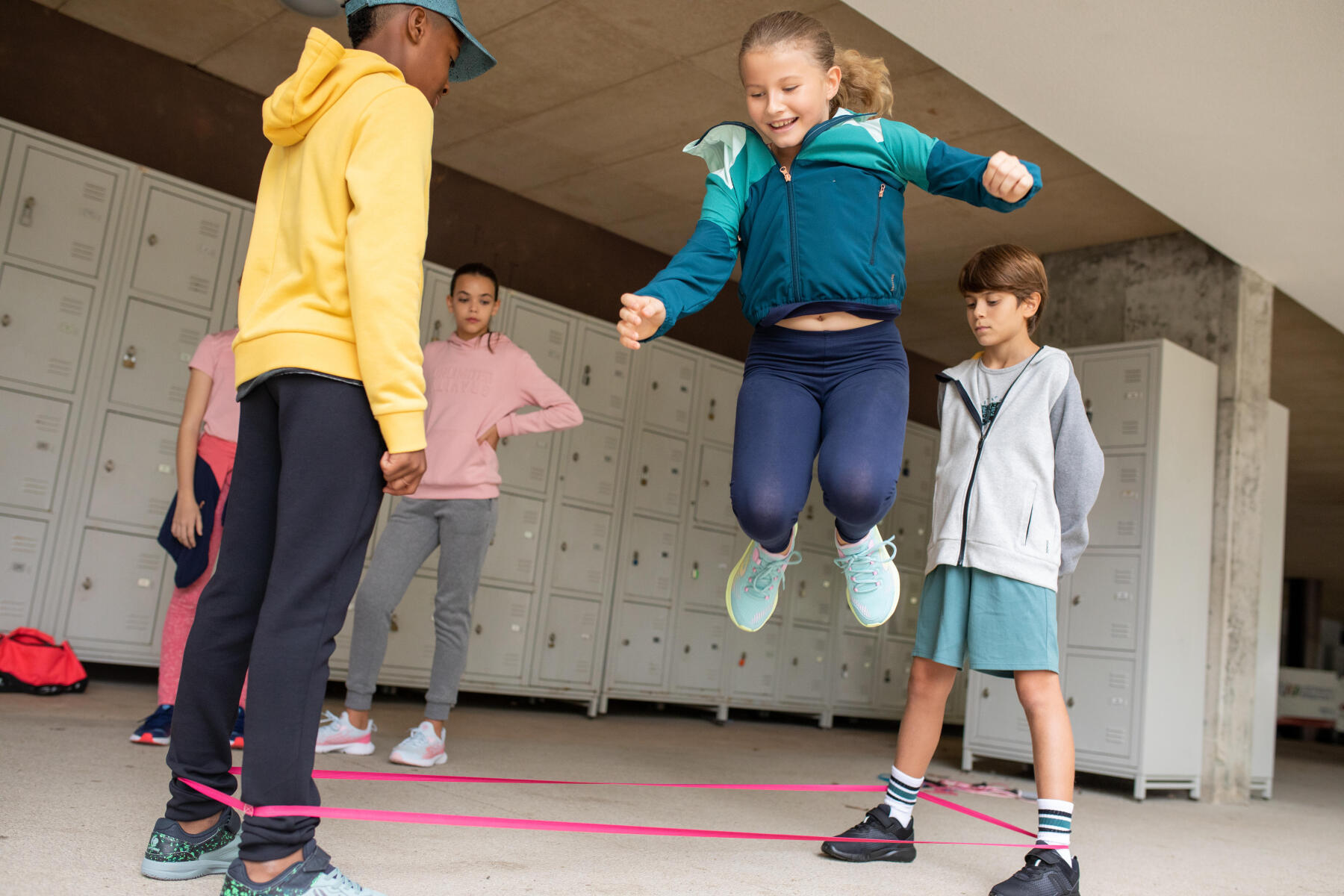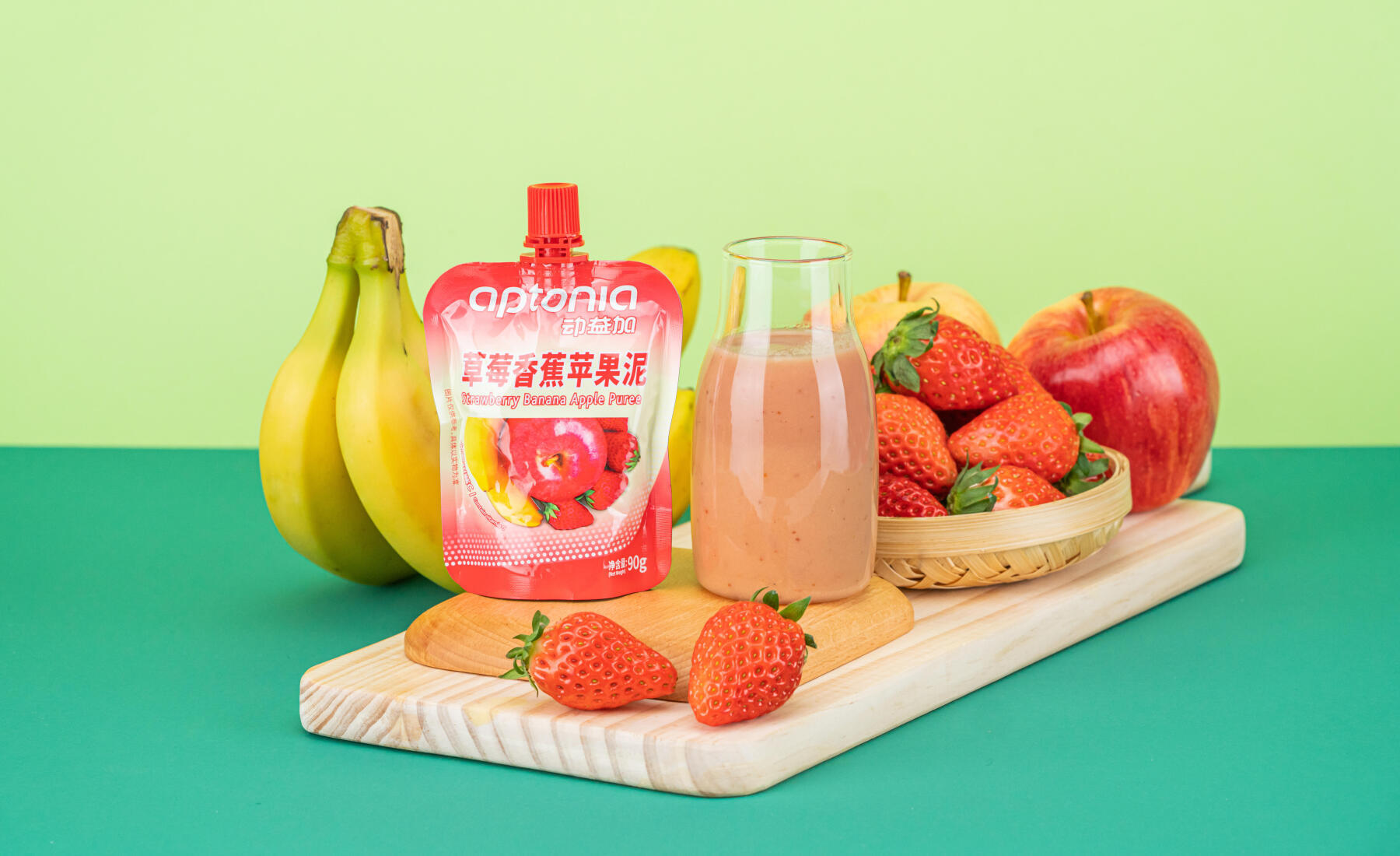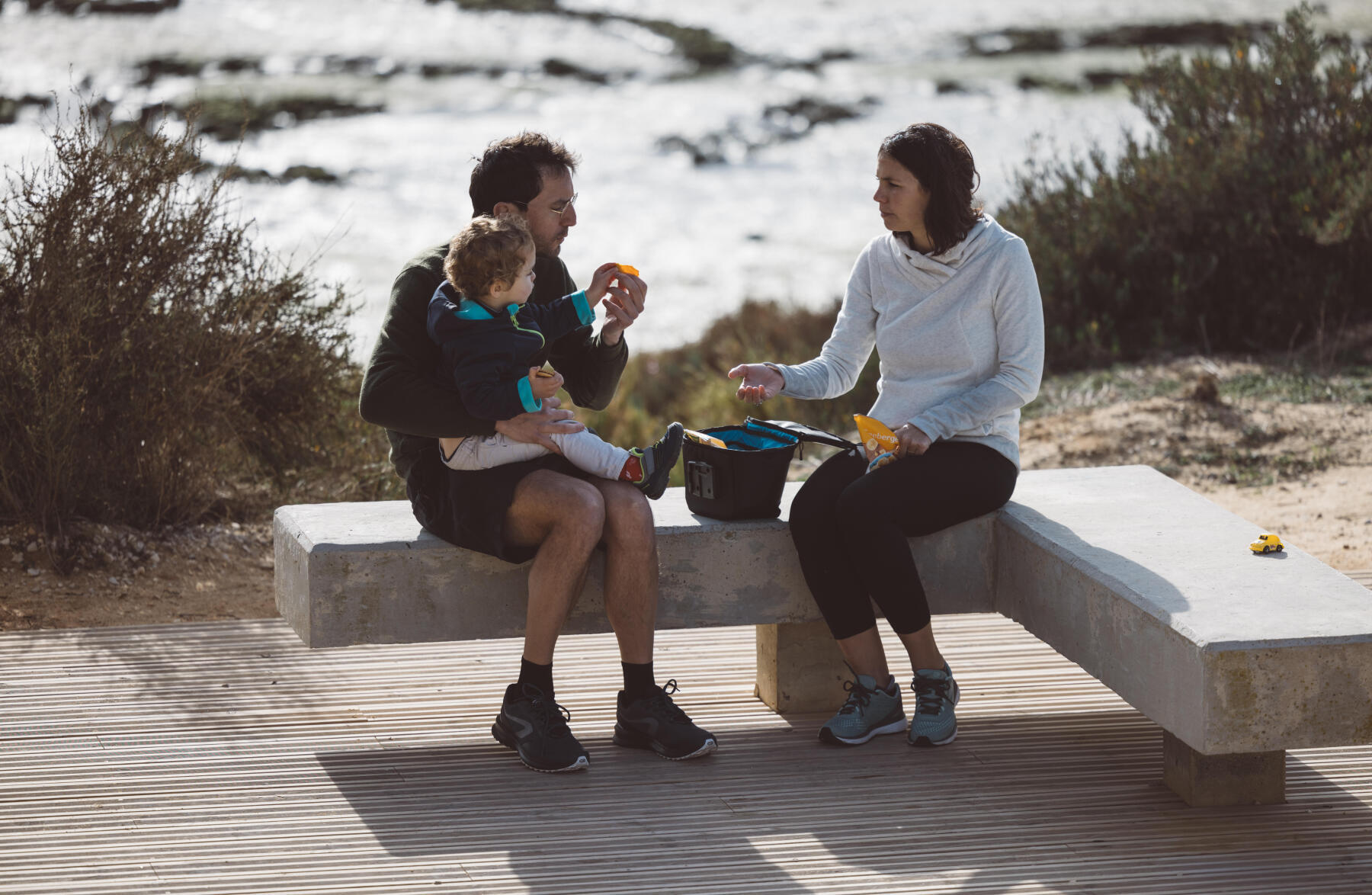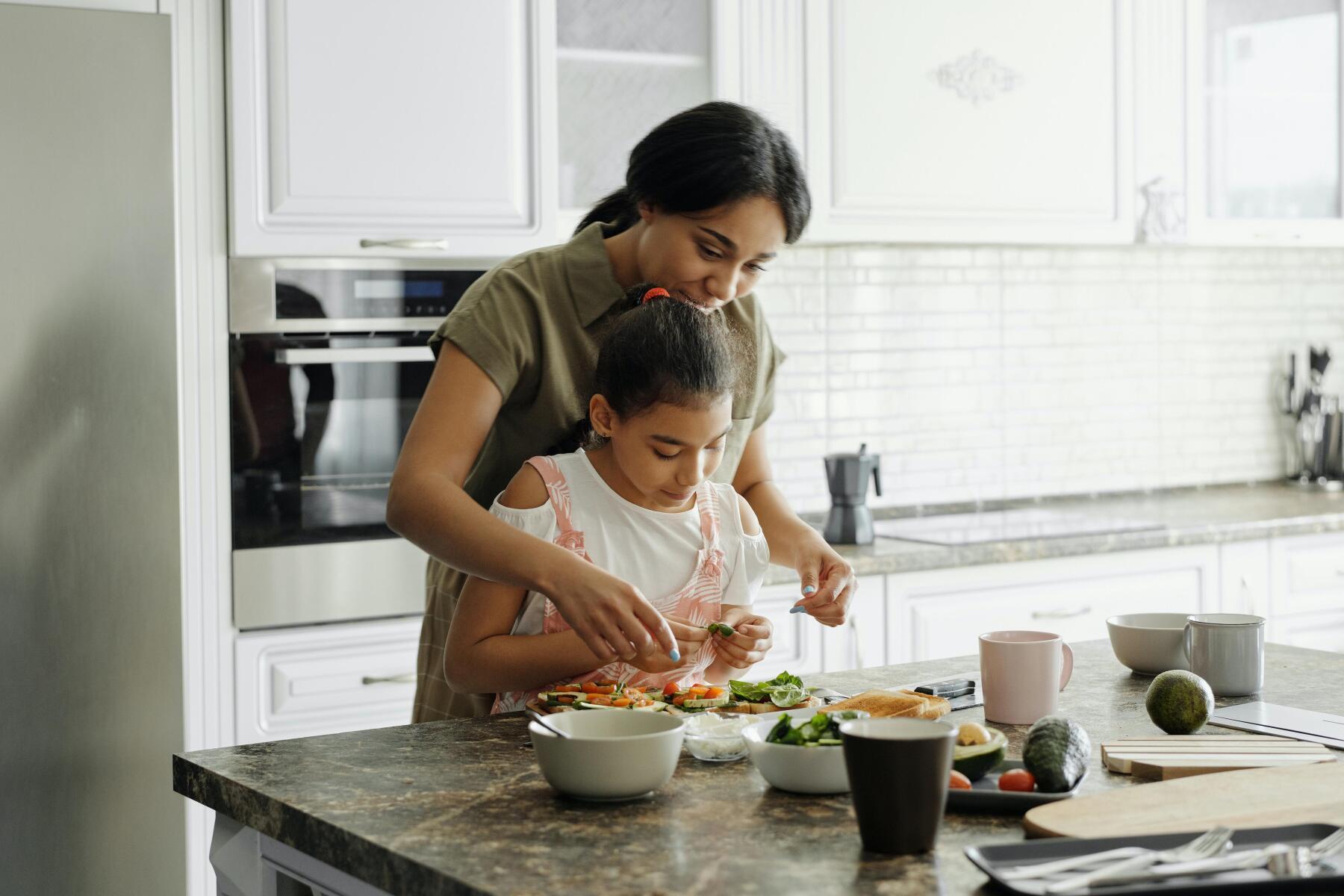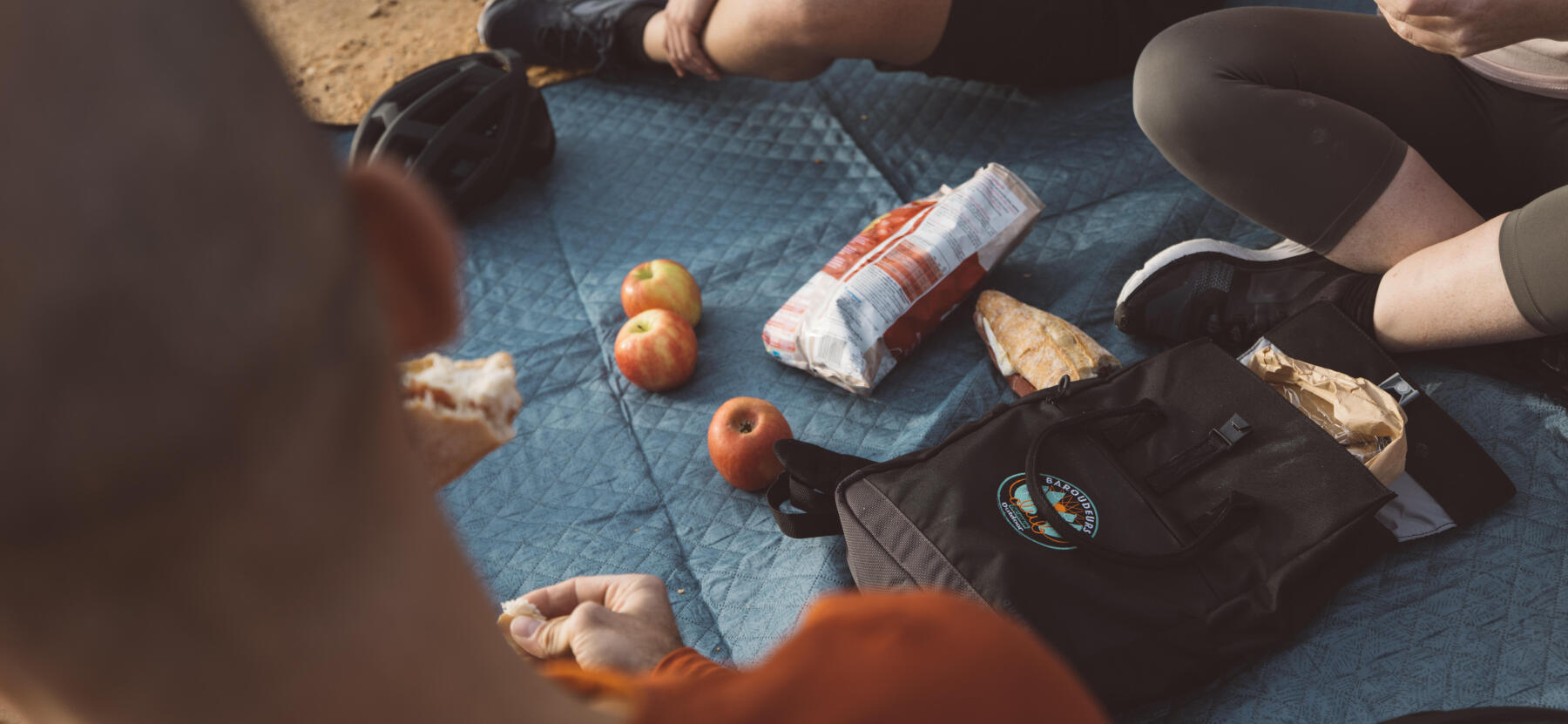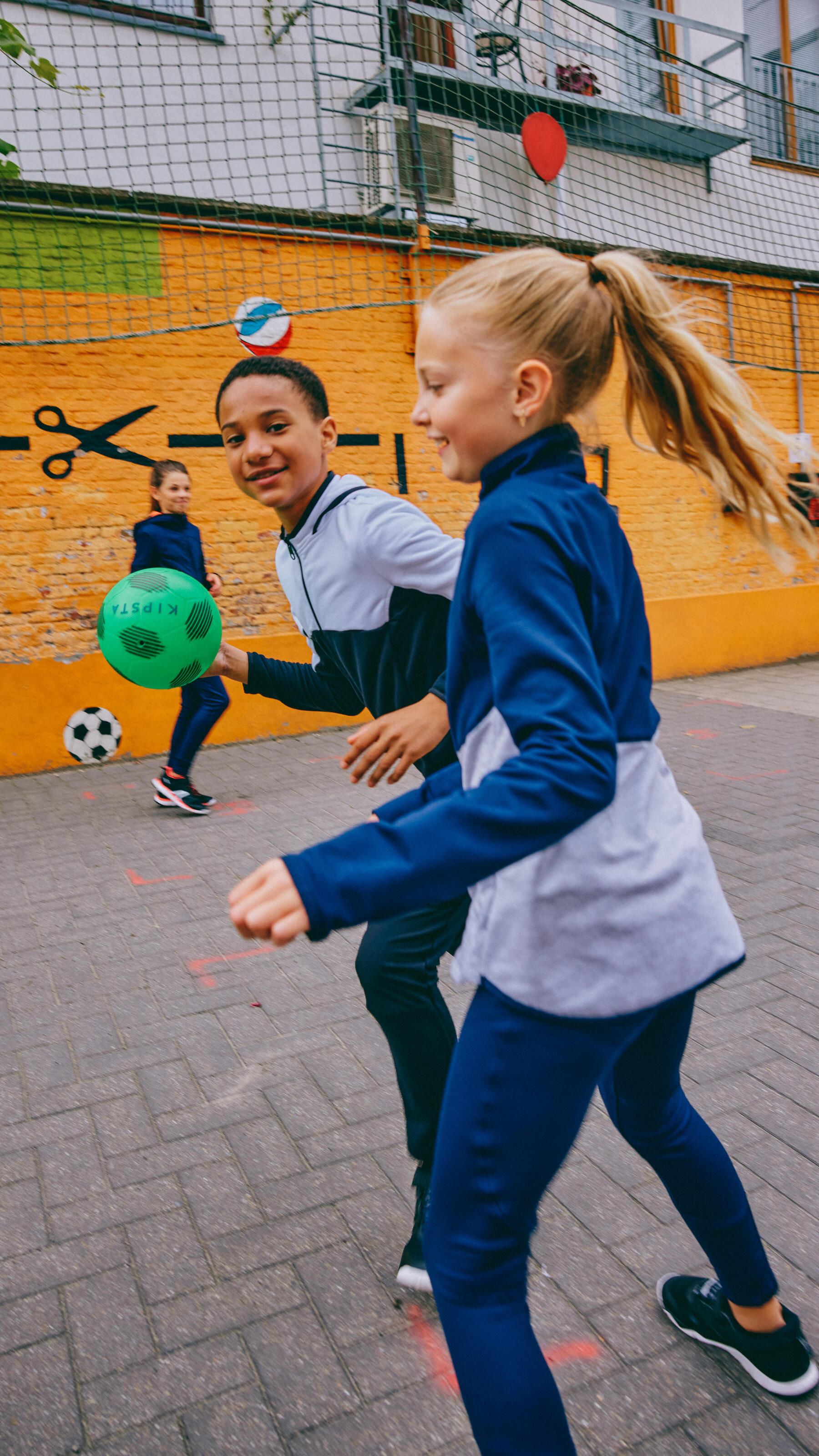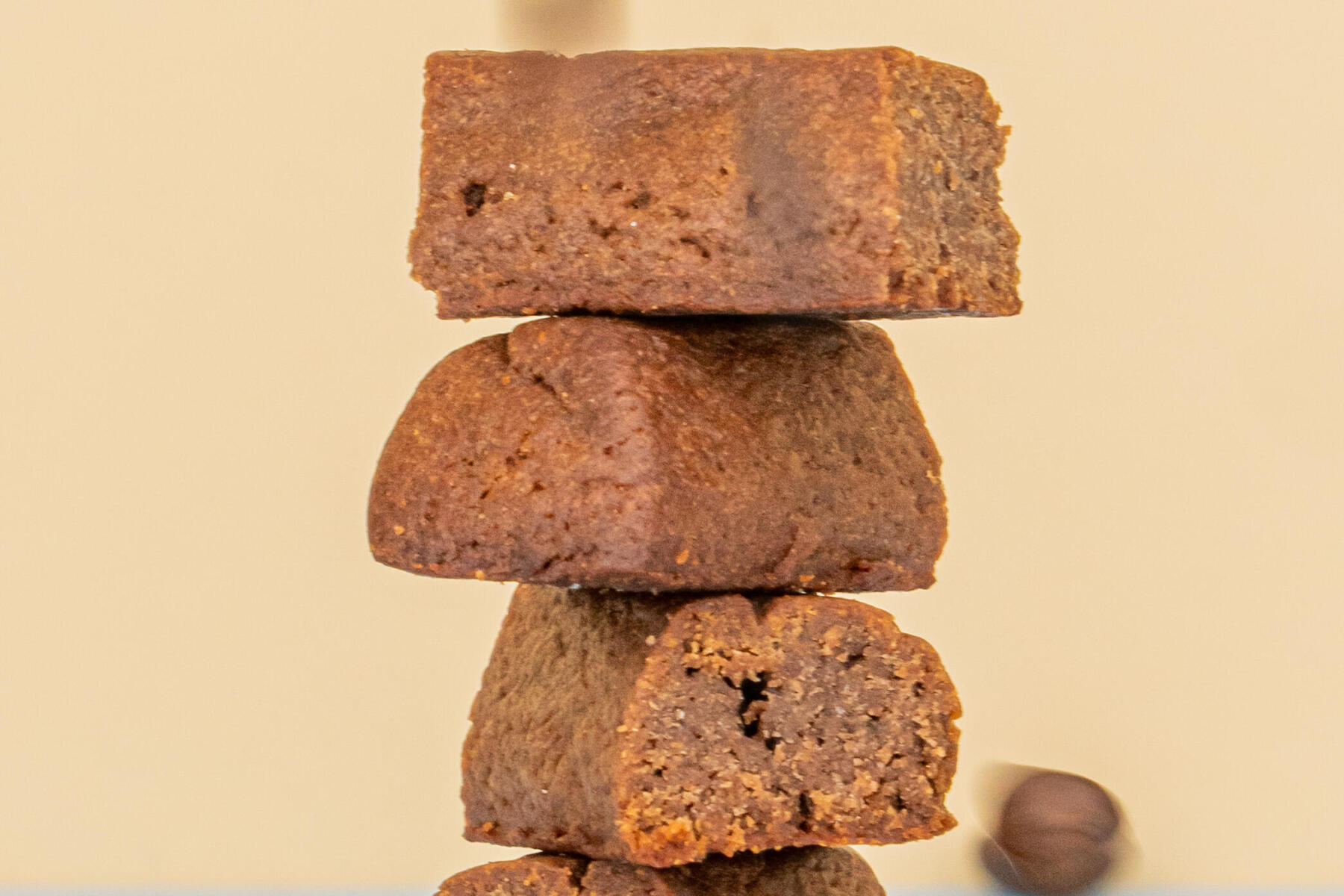What about morning snacks?
A morning snack (once distributed in French schools) is not as important as an afternoon snack, which contributes to a balanced diet. A morning snack can compensate for kids who haven't eaten breakfast, but for most kids it's superfluous because the other meals of the day cover their needs. The French agency for health, food, environment and work (ANSES) now recommends against the distribution of morning snacks in schools .
However, some areas in France still have a breakfast programme that distributes balanced breakfast in schools.
Similarly, a morning snack is not necessary at home, particularly if kids eat breakfast and a balanced lunch. . When children are smaller, and they are still discovering food and adapting to the family's mealtimes, a morning snack can be useful - a quick bottle, some stewed fruit or bread. The morning snack becomes progressively superfluous, because children who eat a good breakfast can wait until lunchtime.

